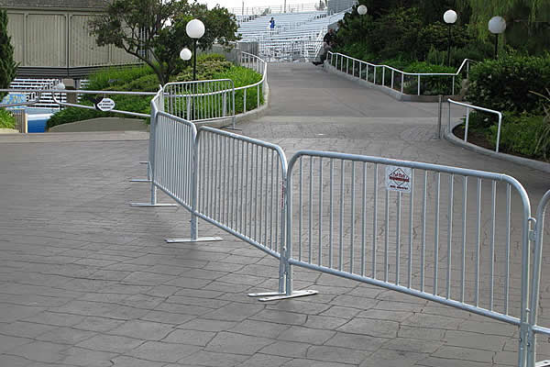 TEL:
+86-13102802206
TEL:
+86-13102802206
 Email:
fencenetting@china.com
Email:
fencenetting@china.com
 Language
Language
 TEL:
+86-13102802206
TEL:
+86-13102802206
 Email:
fencenetting@china.com
Email:
fencenetting@china.com
 Language
Language


Tightening Cable Railing A Comprehensive Guide
Cable railing systems have gained immense popularity in recent years, especially for their modern aesthetic and unobtrusive design. They allow for unobstructed views while providing safety and elegance to both indoor and outdoor spaces. However, over time, these cable railings can become loose due to weather conditions, shifts in structure, and regular wear and tear. Tightening cable railings is essential to maintain their integrity and functionality. In this article, we will discuss the importance of properly maintaining cable railings, the tools required, and the recommended steps for tightening them effectively.
Importance of Tightening Cable Railing
A secure cable railing is crucial for safety. Loose cables can pose a risk, especially in areas overlooking significant drops, such as balconies or staircases. A tightened cable railing ensures that the system can adequately support weight and prevent falls. Moreover, proper tension helps to maintain the visual appeal of the railing. Loose cables can sag and appear unsightly, detracting from the overall aesthetic of your space. Routine maintenance and tightening not only ensure safety but also enhance the longevity of the railing system.
Tools Required for Tightening Cable Railings
Before commencing the tightening process, it is essential to gather the right tools. Here is a list of items you will typically need
1. Cable Tension Gauge This tool helps measure the tension of the cables, ensuring they are adjusted to the correct tightness. 2. Socket Wrench or Allen Wrench Depending on the hardware used in your cable railing system, these tools are necessary for adjusting the tensioning fittings. 3. Pliers Useful for stabilizing cables while you make adjustments. 4. Level To ensure that the railing remains straight and visually appealing after adjustments. 5. Safety Gear Gloves and safety glasses can protect you during the tightening process.
Steps for Tightening Cable Railings
1. Inspect the Railings Begin by thoroughly examining the cable railing system for any signs of wear, damage, or corroded hardware. Identifying these issues early can prevent further problems down the line.

2. Measure the Tension Use a cable tension gauge to assess the current tension in each cable. Take note of which cables are loose, as this will help you prioritize your adjustments.
3. Loosen the End Fittings Using a socket or Allen wrench, carefully loosen the end fittings of the cables that need tightening. This will allow you to adjust the tension of each cable without straining the system.
4. Adjust the Tension Once the fittings are loose, pull the cable taut and re-tighten the fittings. It’s crucial to achieve a balanced tension across all cables. Use the level to help maintain straight lines and even spacing.
5. Re-measure Tension After making your adjustments, use the cable tension gauge again to ensure everything is secured correctly. Each cable should ideally be within the manufacturer's recommended tension range.
6. Securely Fasten the Fittings After achieving the desired tension, make sure all fittings are securely fastened. Double-check each one to guarantee that they won’t come loose over time.
7. Final Inspection Finally, take a step back and visually inspect the entire railing system. Ensure that everything looks uniform and stable.
Conclusion
Regular maintenance, including tightening cable railings, is vital for preserving both safety and aesthetics in your home or business. By following the above steps and using the right tools, you can easily tighten your cable railing system, ensuring it remains a safe and attractive feature of your architecture. Taking the time to invest in the upkeep of your railing system can help you avoid more significant repairs in the future, prolong the life of the installation, and maintain a beautiful environment for years to come.